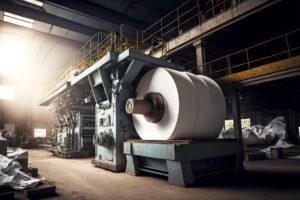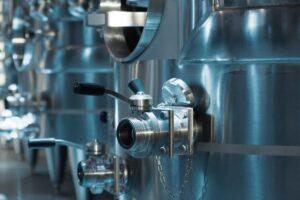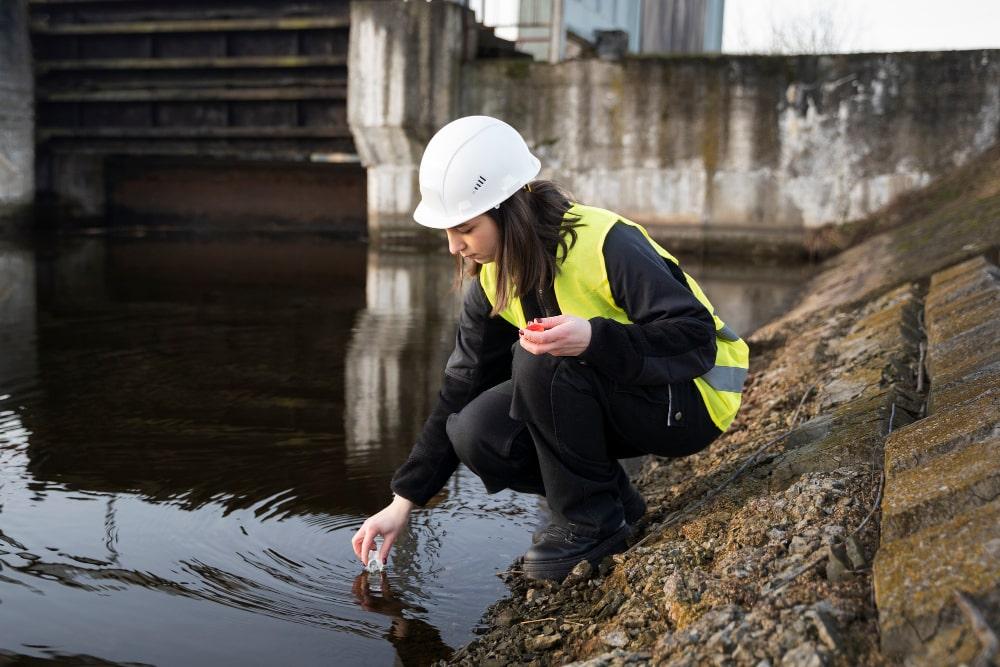
Water is a crucial useful resource in modern production, playing a critical function in procedures starting from cooling, reducing effects of water pollution and cleansing to uncooked cloth processing and chemical production. However, with widespread commercial use comes the mission of coping with wastewater – an inevitable byproduct containing chemical compounds, heavy metals, and different industry and water pollution. Industrial wastewater, if not properly dealt with, poses substantial environmental and regulatory demanding situations.
Yet, with advancements in water treatment technology and sustainable practices, industries are finding revolutionary ways to limit waste, recycle water, and decrease their ecological footprint. This article explores the impact of business wastewater on production, its environmental implications, and the evolving strategies to ensure responsible water control inside the commercial area.
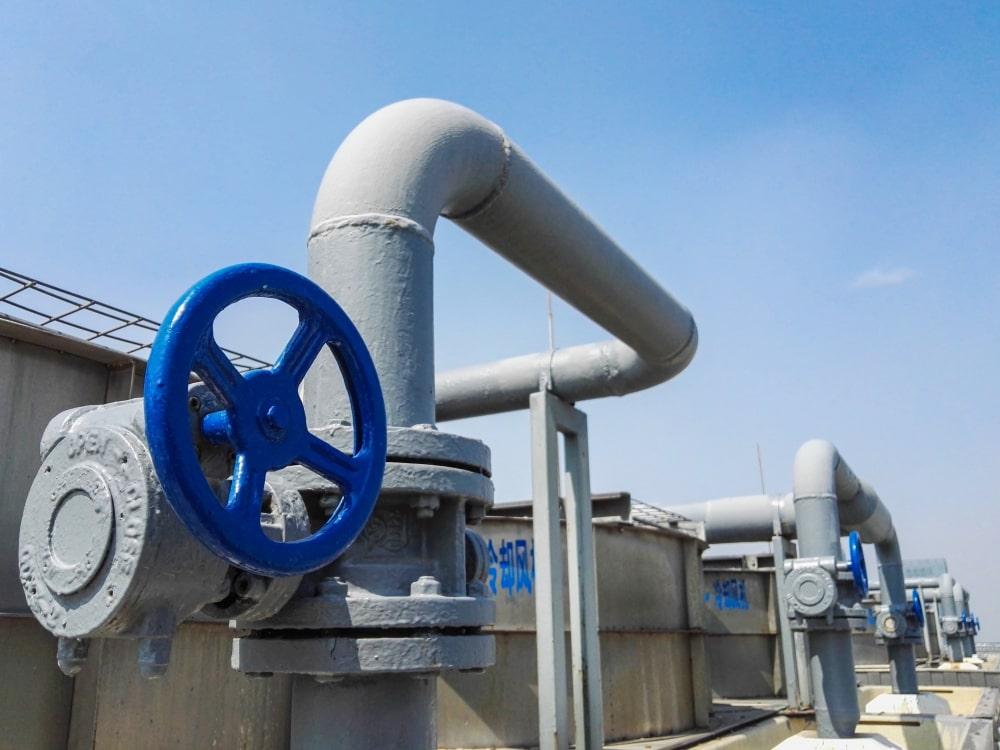
Type of Industrial Wastewater
Water pollution and industries are closely linked, as manufacturing processes often generate wastewater containing chemicals, heavy metals, and other pollutants that can harm the environment if not properly treated. Industrial wastewater varies extensively relying on the manufacturing technique, the substances used, and the industry’s unique operations. Generally, it falls into three essential classes: chemical, biological, and thermal wastewater. Understanding those kinds helps industries enforce powerful treatment and recycling strategies.
Chemical Wastewater
Chemical wastewater consists of unsafe materials which include heavy metals, solvents, acids, and synthetic compounds. This sort of wastewater is common in industries like chemical production, metal plating, and prescription drugs, where manufacturing tactics contain reactions that generate toxic byproducts. If not nicely dealt with, chemical industrial water and water pollution can contaminate water sources, posing extreme environmental and health dangers.
Biological Wastewater
Biological wastewater arises from processes that offer organic matter, bacteria, or other microorganisms in water systems. It is often seen in industries such as food production, agriculture, and pulp and paper manufacturing. Wastewater from these sources often contains fat, protein, starch, and other biodegradable substances that can lead to a lack of oxygen in water bodies, affecting aquatic life.
Thermal Wastewater
Thermal wastewater arises when industrial processes use water to cool, leading to an increase in water temperature before discharging. Power plants, refineries and steel mills usually produce this type of wastewater. The release of hot water in natural water bodies can disrupt the ecosystem by reducing oxygen levels and affecting marine life.
Sources of Industrial Wastewater in Manufacturing
In modern-day production, wastewater is generated from multiple assets. Cooling processes, used to hold equipment and alter temperatures in production vegetation, often result in thermal wastewater. Cleaning and rinsing operations in industries inclusive of meal processing, electronics, and textiles make a contribution to biological and chemical wastewater by introducing detergents, grease, and residues. Production activities, which include chemical synthesis, steel completing, and dyeing processes, generate wastewater containing pollution like dyes, heavy metals, and organic compounds.
Industries That Produce Industrial Wastewater
Several industries make significant contributions to commercial wastewater manufacturing. The fabric and dyeing industry releases large amounts of chemical-laden wastewater, such as dyes and processing marketers. Pharmaceutical and chemical production generates dangerous liquid waste that requires enormous treatment earlier than disposal. Food and beverage production generates nutrient-rich wastewater, frequently requiring biological treatment to remove contaminants. Power vegetation and heavy industries, including steel and petroleum refining, discharge large volumes of thermal wastewater, impacting close by water resources. An example of industrial wastewater is the effluent from textile factories, which often contains dyes, detergents, and chemical residues that require advanced filtration and treatment before being released into water bodies.
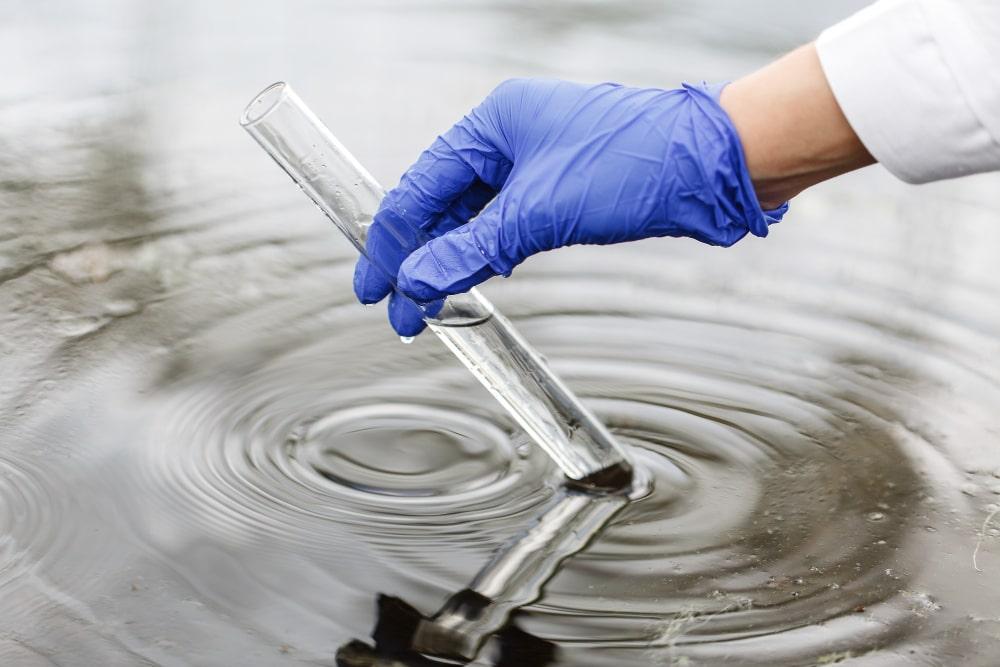
Methods of Industrial Wastewater Treatment
Industrial wastewater treatment is necessary to reduce pollution, meet rules, and enable reuse of water. Various methods are used depending on the types of contaminants and industry needs. Foundation and physical remedies remove solid particles through advanced membrane technologies such as screens, sand filters and reverse osmosis. Disadvantages and plots help to separate heavy and mild impurities, making these methods normal in food processing, mining, and manufacturing.
Biological Treatment
Biological treatment depends on microorganisms to break biological pollutants, usually used in food, agriculture and paper industries. Active mud systems and biofilters effectively treat biodegradable waste, while anaerobic digestion not only purifies water but also produces biogas for energy use.
Chemical Remedies
Chemical remedies include processes such as coagulation and flocculation to remove suspended particles, pH neutralization to balance acidity, and advanced oxidation techniques to break up complex pollutants. These methods are important for dangerous chemicals and industries handling heavy metals. Many industries integrate many treatment methods to increase efficiency and promote water recycling.
Advanced Technologies
Along with increasing environmental concerns, advanced technologies such as electrocoagulation and membrane biology are running more sustainable wastewater management. In the next part, we will find out the environmental and regulatory challenges of industrial wastewater.
Innovations in Industrial Wastewater Management
Progress in water and wastewater treatment is transforming how industries manage water use, improving efficiency, stability, and compliance with environmental regulations. Emerging technologies are making it easier to treat and recycle wastewater, reducing operating costs and environmental impacts.
Advanced Membrane Technology
One of the most important innovations from prominent manufacturers is advanced membrane technology, such as nanofiltration and forward osmosis, which enhances water purification and enables high recovery rates. These systems help industries reuse water more effectively, reducing dependence on freshwater sources.
Electrocoagulation: A Chemical-Free Alternative
Electrocoagulation, an emerging treatment method, uses electric streams to remove contaminants without the need for excessive chemical additives, making it a more environmentally friendly option. This process is highly effective in treating heavy metals, oil pyas, and suspended solids, which is suitable for various industries, including manufacturing, mining, and food processing. Additionally, electrocoagulation reduces mud production compared to traditional chemical remedies and reduces settlement costs and environmental impacts. As industries want permanent water treatment solutions, this technique is receiving traction as a cost-skilled and environmentally friendly option.
Automation and AI in Wastewater Management
Automation and AI-operated systems for energy efficiency are also changing wastewater management. Smart sensors and IoT-enabled monitoring allow real-time tracking of water quality, ensuring immediate responses to contamination or industrial wastewater treatment system inefficiencies. AI-powered predictive analytics optimize treatment processes, reducing energy consumption and chemical use while improving overall wastewater quality. These advancements help industries minimize waste, comply with regulations, and lower operating costs.
Bioremediation: Harnessing Microorganisms for Cleanup
Industrial wastewater and its toxic effects can pose serious environmental and health risks if hazardous chemicals and heavy metals are not properly treated before discharge. Industrial wastewater analysis is essential for identifying contaminants, ensuring regulatory compliance, and optimizing treatment processes to minimize environmental impact. Another success is bioremediation, where specially engineered bacteria and enzymes are used to break down pollutants more efficiently. This method is particularly beneficial for industries dealing with oil spills, heavy metals, and organic waste.
Zero-Liquid Discharge (ZLD) Systems
Additionally, zero-liquid discharge (ZLD) systems are gaining traction, allowing complete water recycling by evaporating wastewater and recovering valuable byproducts. These innovations are shaping the future of industrial wastewater management, making it more efficient, sustainable, and cost-effective.
AMED is Your Partner in Wastewater Treatment
Efficient wastewater management is essential for modern manufacturing, ensuring environmental sustainability, regulatory compliance, and cost-effective industrial wastewater treatment companies. As industries evolve, advanced treatment technologies like membrane filtration, electrocoagulation, AI-driven automation, and bioremediation are transforming how wastewater is treated and reused. These innovations not only minimize waste but also help businesses optimize resources and reduce their environmental impact.
At AMED, we understand the critical role of wastewater treatment in industrial success. Our cutting-edge solutions integrate the latest advancements in filtration, automation, pumps, and zero-liquid discharge (ZLD) systems, helping industries achieve cleaner, more sustainable water management. Whether you need customized treatment systems, real-time monitoring, or expert guidance, AMED is committed to providing efficient and cost-effective solutions tailored to your industry’s needs.
Partner with AMED and take a proactive approach to wastewater treatment. With our expertise and innovative technology, your business can stay ahead of regulations, reduce environmental impact, and maximize operational efficiency.






